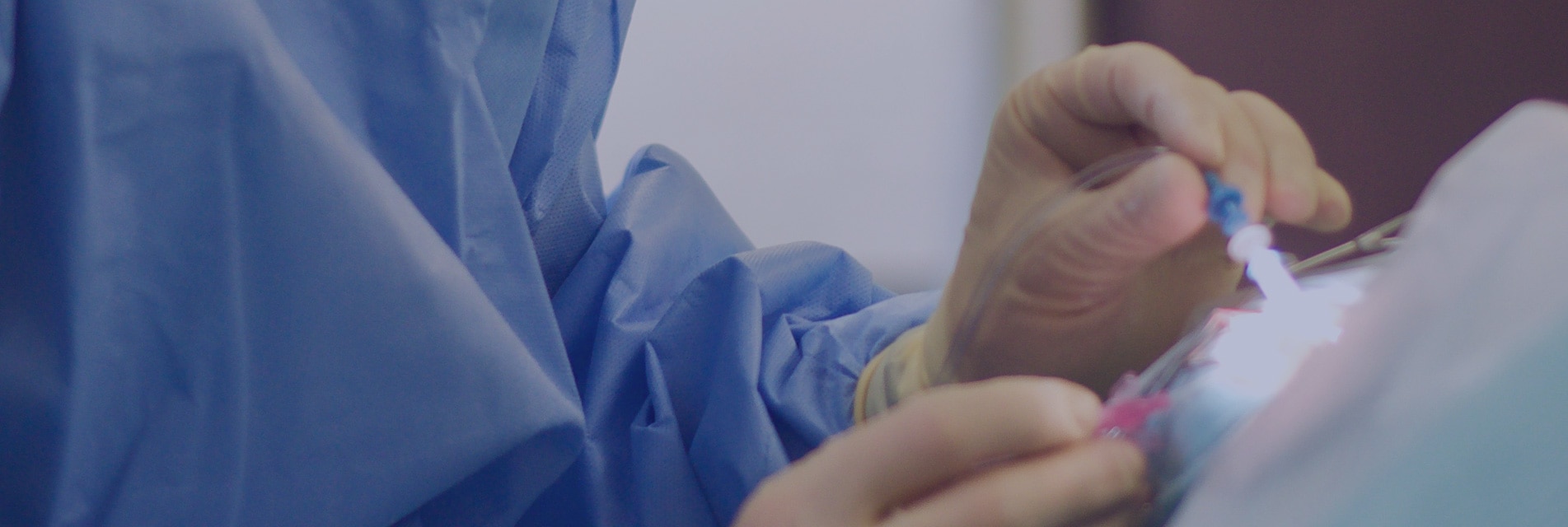
A healthy clear cornea is essential for our patients to maintain vision. The cornea forms a barrier against debris and infection but is less than a millimetre in thickness.
Due to their prominent position on the side of the head equine globes are prone to trauma and corneal surgery may be indicated in cases of corneal traumatic ulceration or laceration.
Lacerations may be directly sutured, and significant corneal defects can be repaired with conjunctival grafts or corneo-scleral transpositions.
With our increasingly warmer climate fungal keratopathies are becoming more prevalent and keratectomies and corneal reconstruction may be indicated in cases of deep fungal ulceration and fungal abscessation.
Corneal grafts can be placed under anaesthesia to stabilise the eye and prevent loss of vision. Following placement of a graft, we normally expect blood vessels to grow, creating a red or pink appearance to the surface of the eye.
When the graft has healed, we can then encourage the blood vessels to regress with medication. Over time the corneal scarring can fade, leaving a comfortable visual eye.
Veterinary Vision is equipped to deal with all types of corneal disease and offers procedures including:
- Lamellar keratectomy
- Ulcer repair with a transposition graft
- Xenograft insertion
- Corneal crosslinking for keratomalacia


EQUINE CORNEAL SURGERY